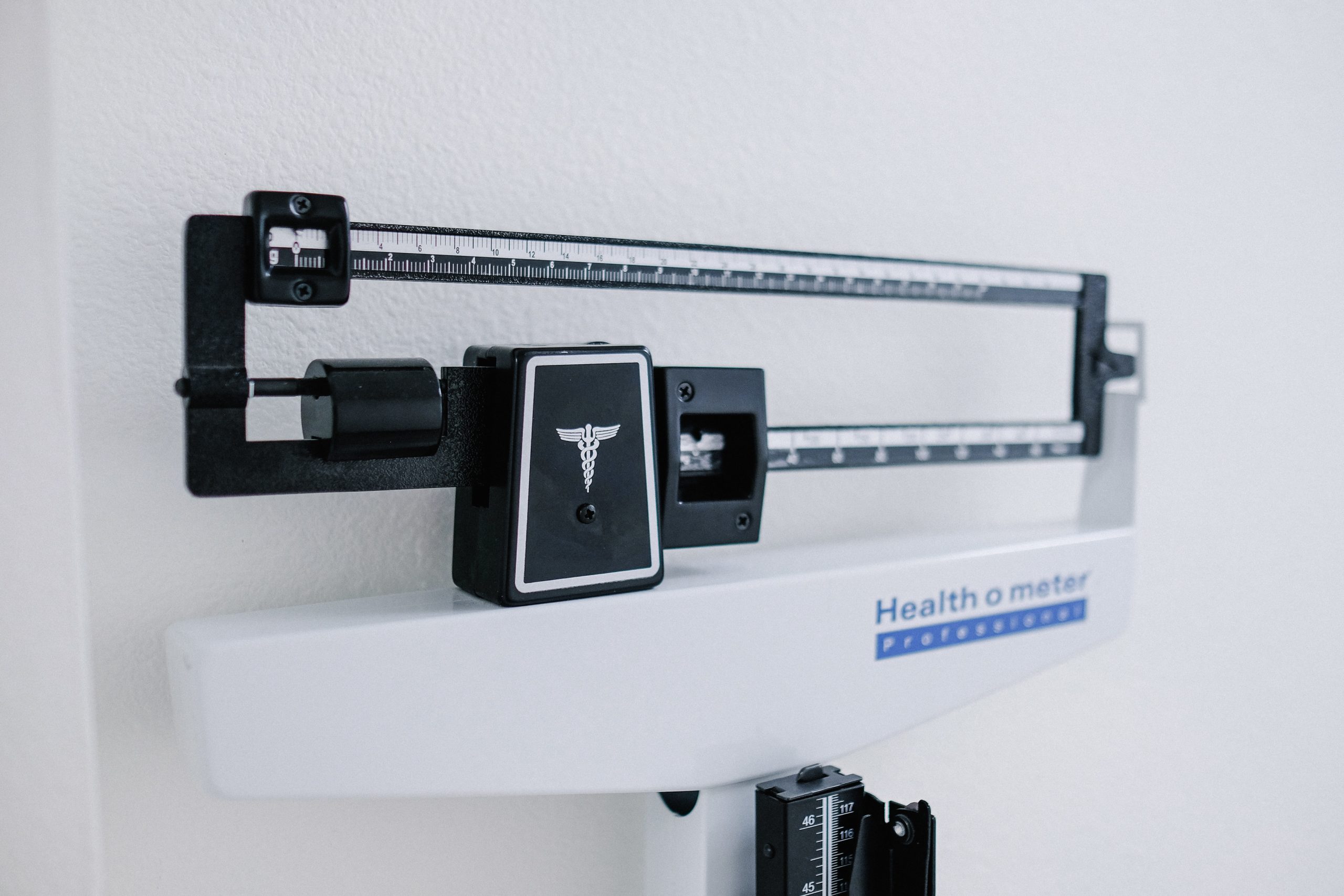Explains a dietitian
It is no secret that one of the most important components of proper weight loss is reducing the amount of daily calorie intake, creating a deficit. However, simply by forbidding yourself to eat or by resorting to fashionable diets, you are unlikely to achieve your cherished goal. Rather, on the contrary, you can create additional problems with the body and body. Therefore, it is also necessary to limit oneself in food wisely, and how to do it correctly, a nutritionist told us.
Energy deficiency is the difference between calories consumed and expended per day. In order for the deficit to work as efficiently as possible, you need to know several important factors: the level of basal metabolism and the coefficient of physical activity. The first value shows the minimum amount of energy required to ensure the normal functioning of the body under standard conditions, that is, in everyday life: during wakefulness, in conditions of psychological and emotional rest, during rest, etc. Simply put, this is the amount of calories that the body spends at rest. This is an individual value that depends on the age, height, weight and biometrics of the body. You can calculate this indicator yourself using a calculator that is easy to find on the Internet. If you want to get to know your metabolism better, then you can conduct a bioimpedance analysis of body composition by a specialist.
Physical Activity Ratio is your actual metabolic rate, which is usually much higher than your basal metabolic rate. Determining your coefficient is also simple: assess what kind of lifestyle you lead? CFA has already been calculated, and its values can be found in the tables: 1,2 – sedentary lifestyle; 1.3 – low activity (1-2 workouts per week); 1.5 – moderate activity (3-5 workouts per week); 1.7-1.9 – high activity, athletes, etc. The actual calories obtained will support your current weight.
By calculating all the values, you can find out your safe calorie deficit. It usually accounts for up to 20% of your daily calorie intake. This value can be maintained for a long time, up to 10-12 months. Thanks to this deficiency, weight will decrease slowly, but the result will be fixed for a long time. A more significant calorie deficit (from 20 to 40%) will give a quick result, but the chance that the weight will return to its previous values is great. Moreover, before introducing such restrictions, it is better to consult with a specialist so that changes in the diet are as safe as possible. A deficit of more than 40% of the daily value can also be practiced, but no more than 3-5 days. Such a deficit is calculated in a slightly different way: for example, 20% of your norm is 300 kcal – which means that this is exactly how much you need to reduce their daily intake, and increase activity by the same amount: as a result, the calorie deficit will be 600 kcal.
In order for the weight to go away faster, one must also remember about the balance of BJU – proteins, fats and carbohydrates. A calorie deficit is most correct to create at the expense of carbohydrates and fats, and not protein, since the energy value of 1 gram of protein and carbohydrates is 4 kcal, and fat – 9 kcal. It is simple to create an ideal diet: on average, to lose weight, a person needs 1.5-1.8 g of protein, 0.8-1.0 g of fat per 1 kg of the desired weight, and the rest should be carbohydrates. By calculating all the values, you can figure out how many grams of each component you need to consume per day in order to quickly reach the desired figure on the scale.
To summarize: how to get a calorie deficit right? This can be done in 3 steps:
1. Reduce the daily amount of calories consumed;
2. Remove fatty foods from the diet, increase the amount of protein foods;
3. Increase your daily energy expenditure by adding light to moderate physical activity to your daily routine. This is not so much about hours-long classes in the hall, but about the simplest ways: choose a staircase, not an elevator or escalator, walk home on foot, and not by transport, after coming home from work, do not go straight to watch TV shows and have dinner, but take a walk at least half an hour in a nearby park or do some simple household chores.
Only an integrated approach will help solve the problem of being overweight: a healthy diet with a calorie deficit and regular exercise.






